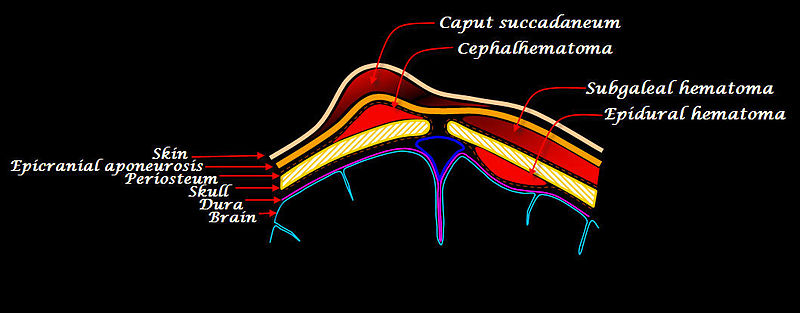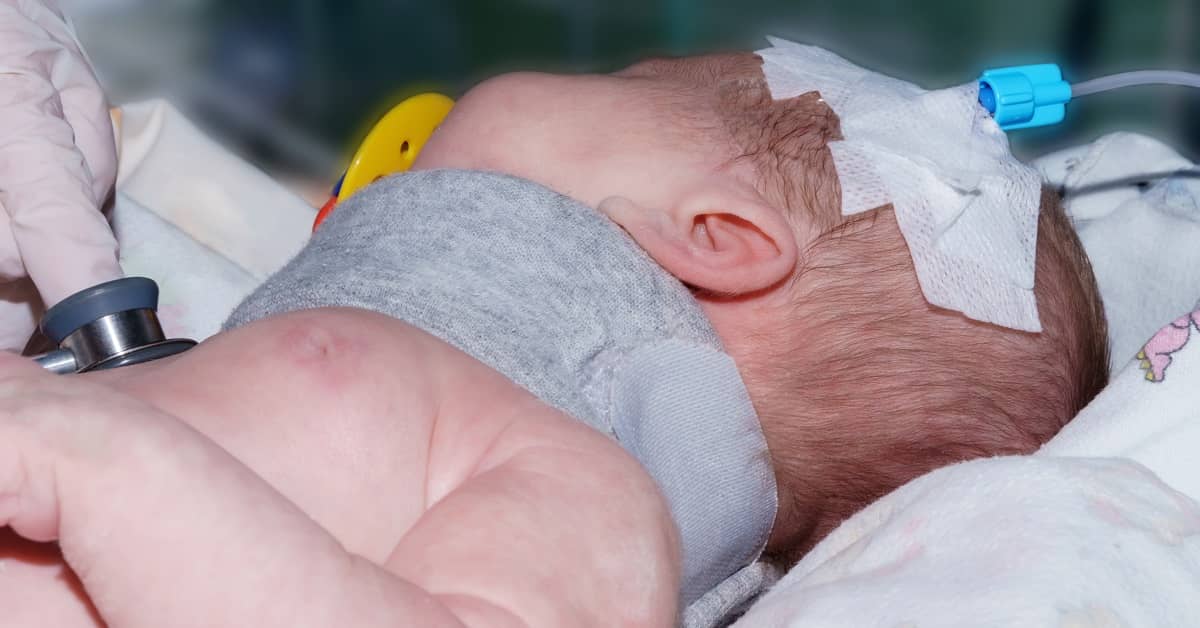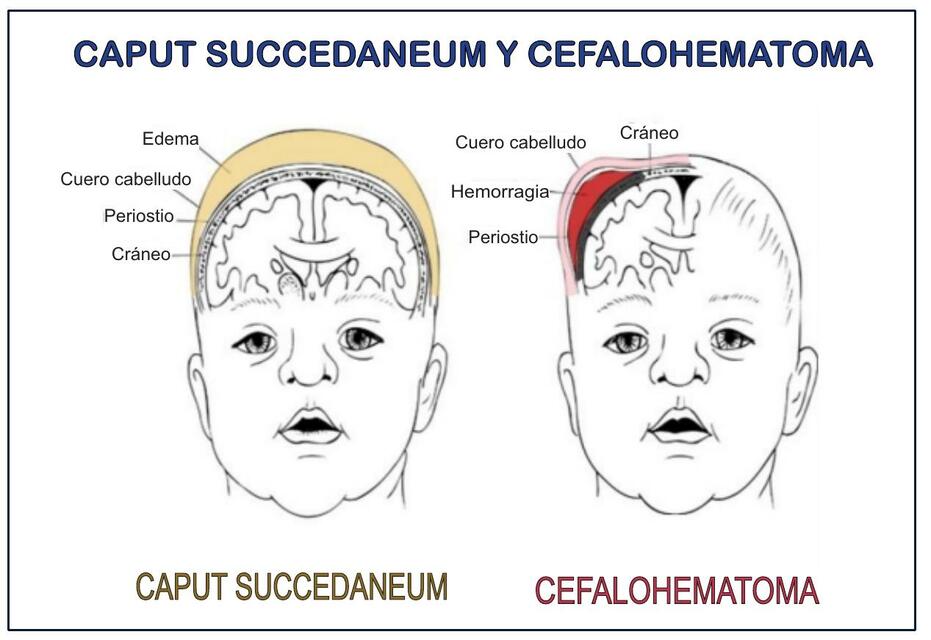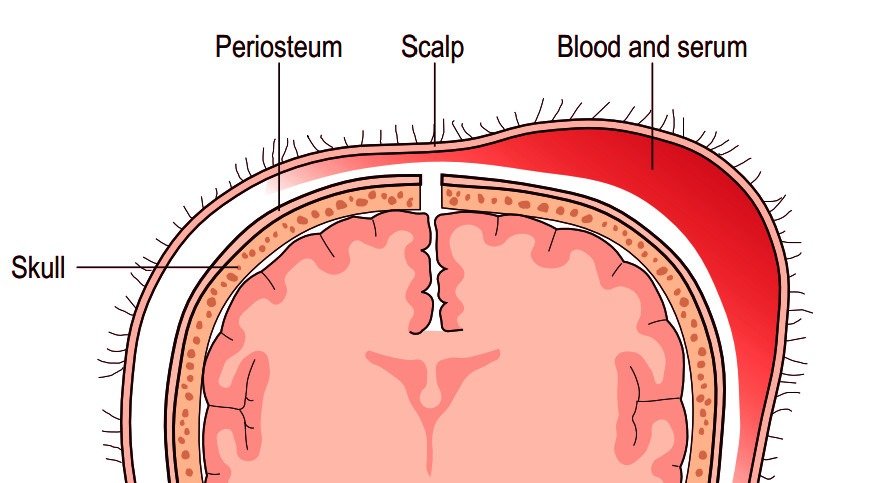Caput succedaneum is a condition that occurs in newborns as a result of the pressure and forces exerted on their heads during the process of childbirth. To understand this condition better, let’s break down the process step by step:
- Engagement: As a baby prepares to be born, its head engages with the mother’s pelvis. This means that the baby’s head moves down into the pelvic cavity in preparation for delivery.
- Descent: During the stages of labor, contractions of the mother’s uterus help push the baby further down the birth canal. The baby’s head is the largest part of its body, and as it descends, it needs to navigate through the narrow and bony passage of the mother’s pelvis.
- Passage through the Birth Canal: As the baby’s head passes through the birth canal, it encounters a series of structures, including the cervix, pelvic bones, and soft tissues. The birth canal is not a smooth and uniform pathway; it involves curves, angles, and varying levels of resistance.
- Pressure and Compression: The process of passing through the birth canal involves significant pressure and compression on the baby’s head. The baby’s head needs to mold and adjust its shape to navigate through the tight spaces. This pressure can lead to the accumulation of fluid and swelling between the baby’s scalp and the cranial bones. The soft tissues of the baby’s scalp can get compressed against the bones, resulting in the characteristic swelling associated with caput succedaneum.
- Fluid Accumulation: The pressure on the baby’s head can cause the blood vessels and tissues in the scalp to become congested and leak fluid. This fluid accumulates in the subcutaneous layers of the scalp, leading to the visible swelling that characterizes caput succedaneum. The swelling is usually soft and puffy to the touch.
It’s important to note that caput succedaneum is a relatively common occurrence during vaginal deliveries. The degree of swelling can vary and depends on factors such as the size of the baby’s head, the mother’s pelvis, the duration of labor, and the intensity of contractions.
The good news is that caput succedaneum is a transient condition and tends to resolve on its own within a few days after birth. The accumulated fluid is gradually reabsorbed by the body, and the baby’s scalp returns to its normal appearance. In most cases, no specific treatment is needed for caput succedaneum, but healthcare providers may monitor the baby’s condition to ensure proper healing.
In summary, the most common cause of caput succedaneum is the pressure and compression exerted on a baby’s head during its passage through the birth canal. This pressure leads to fluid accumulation and swelling in the baby’s scalp, which is usually temporary and resolves without intervention.





